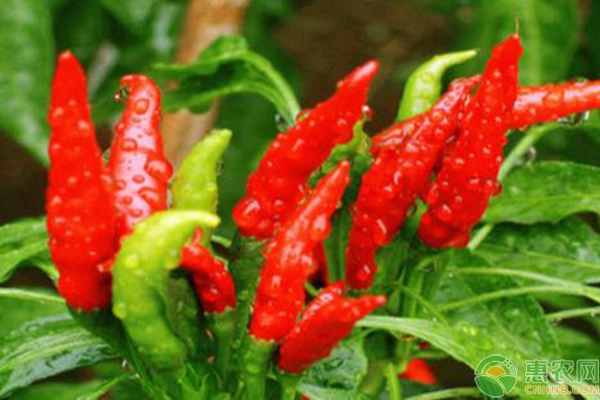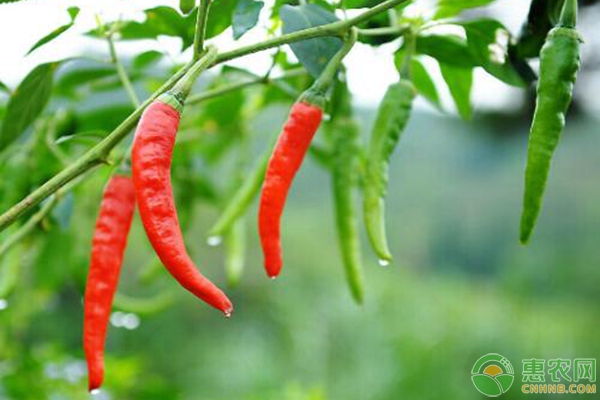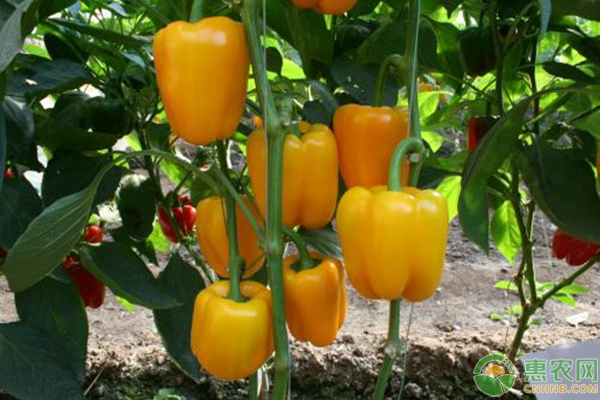Due to the current competition in pepper cultivation, many growers are planning to plant autumn-post-japanese peppers, but the late-season peppers and the usual pepper planting techniques are quite different. The following Hui Nongwang Xiaobian will tell you about the high-quality and high-yield cultivation techniques of pepper after autumn extension.

1 sowing seedlings
1.1 Variety selection
The cultivation of peppers is very demanding on temperature and light. Generally, varieties with moderate temperature, good quality and early maturity are selected for seeding and seedling cultivation.
1.2 Seed treatment
First choose to sun-baked in the sunny weather, and at the same time grasp the temperature to avoid burning the seeds.
1.3 seedbed treatment
Generally choose soil fertile, no pests and diseases, suitable for the growth of vegetables and fruits, and then divide the field into fertile and barren in a certain proportion, choose fertile land for planting.
1.4 timely seeding
The best sowing time is from July 10th to 20th of each year. If the planting time is too early, the plant is likely to be a virus, and the sowing time will directly affect the fruit setting rate, resulting in low yield.
1.5 Seedling management
After sowing, the temperature must be controlled well, preferably no more than 32 ° C during the day and no more than 20 ° C at night. When the seedlings are released, the daytime temperature can be controlled to no more than 30 °C and no more than 17 °C at night.
1.6 shading and cooling
After the fall, there is a high temperature weather. It is necessary to cool down and shave the plastic greenhouse to ensure the normal development of the seedlings. When the planting is completed, it is also necessary to ensure that both sides can be ventilated, and the seedlings are killed. If about 65% of the seeds are germinated, the straw is removed.

2 colonization
After the autumn extension, the pepper is difficult to topdress after laying the mulch on the ground. Therefore, it is especially important to apply the base fertilizer before planting. The fertilizer should be mainly organic fertilizer, phosphate fertilizer and potash fertilizer. The fertilized farmyard manure is 4000~5000 kg, the ternary compound fertilizer is 50 kg, and the potassium dihydrogen phosphate is 10 kg. It can be applied when the soil is prepared before planting.
3 Post-plant management
After the autumn, the peppers are generally fruit-seeking from mid-September to late October. The temperature is controlled to promote the growth of peppers from late October to November. After December, the peppers are kept warm and antifreeze, and they are listed after January of the next year.
Fertilizer management: After planting, according to the soil moisture, small water is poured, watering and timely cultivating and cultivating the ridge. The first top dressing is generally when the pepper grows to a size of about 3 cm, and the pepper is combined with watering after the fruit is placed. The human excrement of 1000 kg or potassium sulfate 8 ~ 10 kg, after every 3 to 4 times watering, chasing a fat.
Plant adjustment: After the autumn extension, the pepper is generally planted in the fertile soil area, the seedling grows vigorously, the plant type is tall, the branches are easy to break, this condition is not conducive to ventilation and light transmission, and excessive nutrient consumption, plant adjustment should be carried out in time. In order to concentrate the results of the pepper and reduce the nutrient consumption, the side branches below the pepper should be removed. During the full bloom period (ie, after the first frost, in late October), the top buds and the thin branches should be removed to promote fruit growth.

4 Pest control
The common diseases of peppers after autumn delay include blight, root rot, virus disease, and bacterial wilt. The previous three diseases are common, which is also the main cause of the "three falling" of pepper. Insect pests include earthworms, ground tigers, crickets, locusts, diamondback moths, cotton bollworms, and beet armyworms.
5 timely harvest
The harvest of peppers after the autumn extension depends on the market conditions, and should be delayed as soon as possible to improve the benefits per unit area. The general practice is to flexibly grasp the harvesting period according to market conditions, weather changes and pepper management techniques. Generally, it can be red before the Spring Festival, so it should be harvested at the right time.
The above is the high-quality and high-yield cultivation techniques of the post-Qianyan peppers compiled by Huinong.com, have you learned?
YT-T14
YT-T14
Shenzhen Sunshine Technology Co.,Ltd , https://www.yatwinsz.com